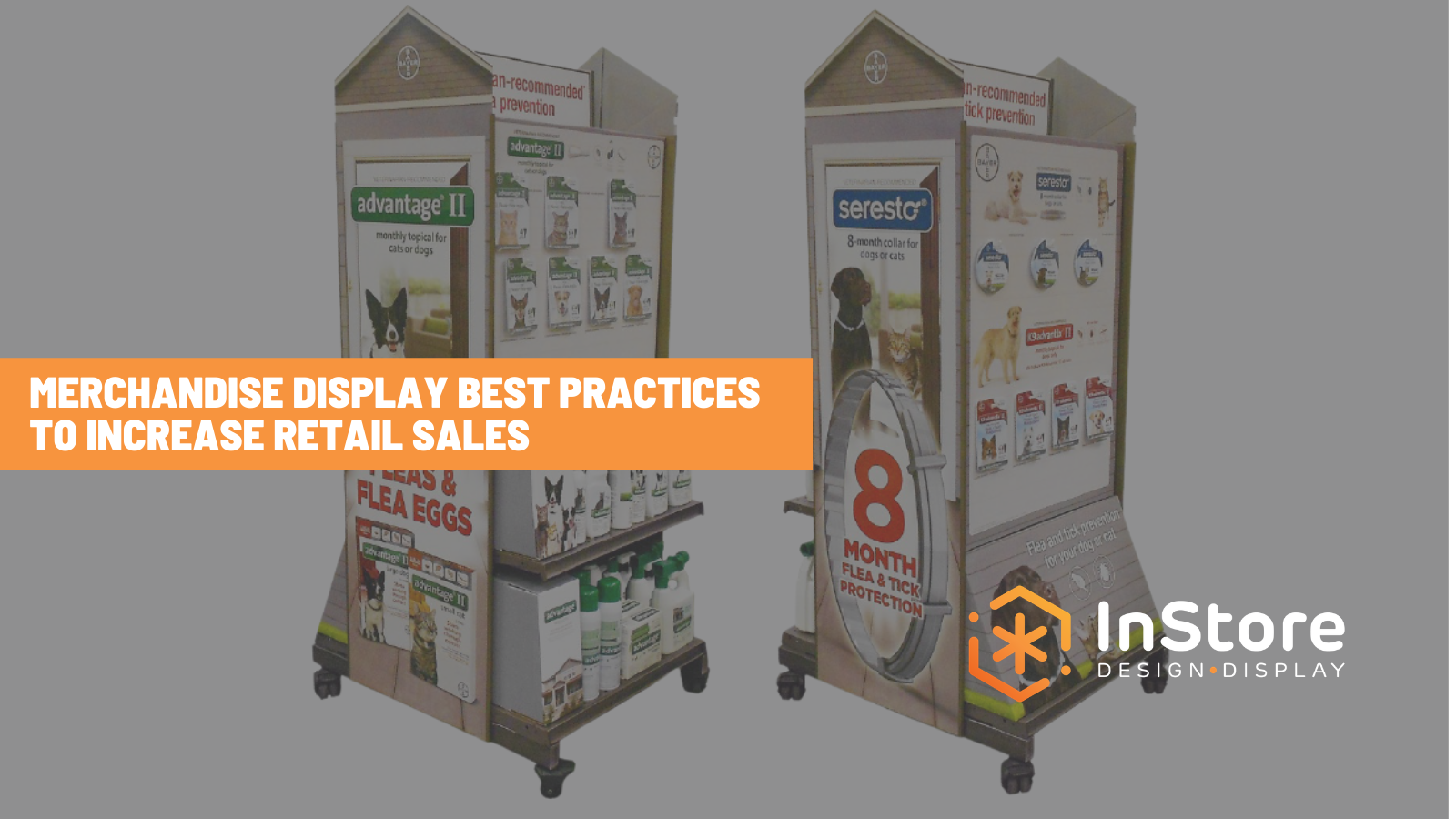
Employee Engagement Practices: What IDD Pays Attention To
For many businesses, it's becoming increasingly clear that healthy employee engagement, in-cahoots with strong workplace culture, are the secret sauce for business success.
There are few things more satisfying than to look at a business you had a hand in building, and seeing how the lives of employees intertwine. Relationships like these that form within a company become the fabric of its culture. Employees who develop personal relationships are happier, more productive, and easier to retain.
From physical environments, special events, mentoring and wellness programs, to in or out of office happy hours, here are some employee engagement best practices to keep in mind.
1. Practice Keeping Employees Engaged
According to a report by The Engagement Institute, disengaged employees cost U.S. companies up to $550 billion a year? That's right, $550 BILLION. It's no wonder the smartest companies are looking at best practices for employee engagement.
As it turns out, most respondents recognize the reasons they're not fully engaged in the workplace. They want their leadership to provide compelling missions, highly trusted relationships, and well-designed jobs. Therefore, communication is crucial to a healthy organization's culture. If you're willing to listen, your employees will tell you exactly what they need.
Highly engaged employees will show up every day with passion, purpose, presence, and energy. Highly engaged employees also show 21% greater profitability. Those teams who score in the top 20% in engagement realize a 41% reduction in absenteeism and 59% less in turnover. Practice better employee engagement by avoiding excessive workloads and by keeping your staff from feeling overworked, overburdened, and unsatisfied.
Every good employee wants to do their job right. One employee engagement best practice is to try providing your employees with tools and training they want or need to succeed. Showing employees you care enough to help them take steps to grow in their career does nothing besides improve company culture, and in turn, your bottom line.
Employee Engagement Best Practice #1:
Avoid setting unrealistic goals for employees. You may think that super-ambitious goals can help your team achieve more, but it's likely to result in missed deadlines, poor performance, and an increase in absenteeism due to stress-related illnesses.
2. Allow Your Employees' Voices to Be Heard
Feedback and recognition should always tie back to a company's core values and mission. Did you know 89% of HR leaders agree that ongoing peer feedback and check-ins are key for successful outcomes? Having your employees busting their tails without recognition is is the opposite of an employee engagement best practice. Whether it's recognition from a peer, a leadership team member or even a CEO, recognition matters.
It's important to understand what form of recognition works best for your staff. For some encouraging words such as a simple "thank you" or "well done" may be exactly what they need to hear. This could push them to go that extra mile and continue to do well on their current and future projects.
Another best practice is to hold an event such as a "Employee Recognition Day". By hosting an in-house happy hour or catering in lunch, employees can feel valued and appreciated, allowing for a boost in employee engagement! On a smaller scale, if a specific department achieves their set goals, a best practice could be to reward the smaller department with an off-site outing during or after work hours.
Recognition helps to foster healthy behavior, positive attitudes, and harder work from employees or an organization.
Employee Engagement Best Practice #2:
If monetary bonuses aren't feasible for those employees who truly go above and beyond, try rewarding them with incentives such sets of local sporting event tickets, a wine tasting or brewery tour, or even concert tickets. By recognizing and rewarding employees with incentives, it will encourage loyalty and camaraderie from your hardest-working employees.
3. Genuinely Care About Your Employees
A leadership team without empathy is not destined for success. Empathy must start at the top and should naturally work its way down the leadership ladder. While 92% of CEOs feel their organization is empathetic, only 50% of their employees say the CEO is empathetic. Without empathy, even the best practices can't help employee engagement.
Empathy is the ability to understand another person’s experience, perspective, and feelings. It’s commonly described as the ability to put yourself in another person’s shoes. But make sure you are assessing how they would feel in their shoes, not how you would feel in their shoes. This is the tricky part.
"Leadership is about empathy. It is about having the ability to relate to and connect with people for the purpose of inspiring and empowering their lives." - Oprah Winfrey
Employee engagement and empathy are intricately linked, as employees are unlikely to feel respected in an environment where the leadership team is incapable of demonstrating empathy. Gallup research shows that the average U.S. employee is not only unengaged at work, but half of U.S. employees are actively searching for a new job.
Employees are nearly unanimous in agreeing on the importance of empathy—yet 92% feel empathy remains undervalued. Without empathy, you won't inspire followers or elicit loyalty. Empathy may seem like a soft skill but is an essential best practice for employee engagement.
Employee Engagement Best Practice #3:
Listen Actively. Start with listening out for the keywords and phrases that they use, particularly if they use them repeatedly. Not just what they're saying, but how they're saying it. What's their tone or body language telling you? Are they angry, ashamed, or scared? No employee engagement best practice will help if a leader can't listen actively.
4. Work-Life Balance. Myth or Reality?
Studies show that 61% of employees not only aren't engaged but are burned out on the job. CareerBuilder’s survey on stress in the workplace also finds 31% of respondents report extremely high levels of stress at work. High levels of stress can manifest into poor physical health, and compromised mental health such as depression, anxiety, and anger. All of this can lead to poor performance, absenteeism, and few engaged employees.
As a CEO or a leadership team member, helping staff achieve work-life balance is a must. Not only is work-life balance an employee engagement best practice, but you most likely gain a loyal, long term, teammate. Aside from internal benefits, ensuring your employees are happy and highly engaged can be the best tool for recruitment.
Leadership teams that allow their employees to flourish in and outside the walls of work are allowing their business to thrive and stay ahead of the curve. Employers can help their employees achieve work-life balance by being willing to offer flexible work schedules, allowing their employees to work remotely, and encouraging the use of vacation days.
Employee Engagement Best Practice #4:
Some of the best strategies to combat the plague of burnout are holistic approaches. You could try hosting various stress-management workshops for employees to complete during work hours. Foster a mentoring program that allows employees to pair up with a coworker to learn from one another. Try creating a wellness program and offer incentives for achieving certain health goals.
Ready to Get to Work?
By implementing some of these employee engagement best practices, your business will only grow stronger. Employee engagement and wellness are about protecting your human capital, your most valuable asset. Organizations that ensure their employees flourish and thrive will always be ahead of the curve.
Interested in being a part of our growing company culture? Check out our About Us page for current career opportunities.
Subscribe Here
Stay up-to-date on what's happening on our podcast and blog.



